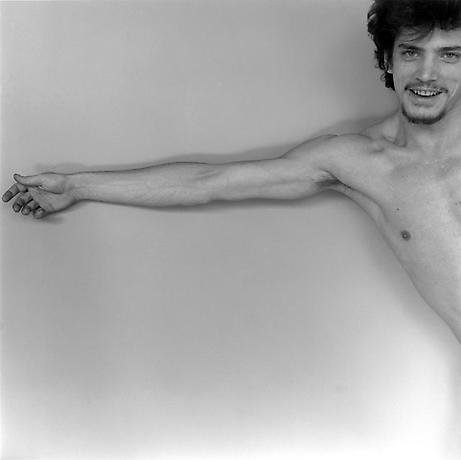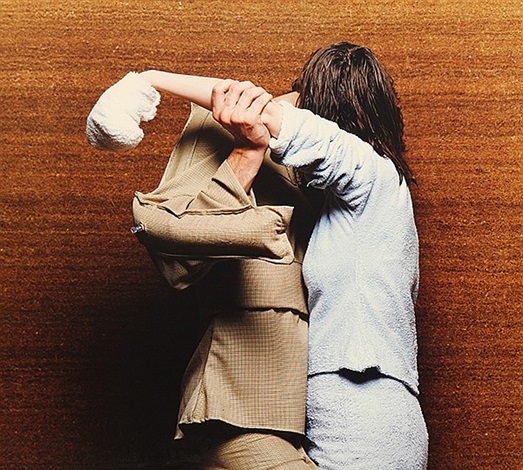Instead of a single event, there will be a variety of things happening, even if not all of it is particularly active or focused.
I am requested to try to capture the sense of varied use — how people make their own personal or small-group activities within the same general area.
Recently, I spent a couple of days at the Parc Animalier de Sainte-Croix (close to the French city of Strasbourg), a fantastic park of about 1,200 hectares where my kids enjoyed a very exiting holiday.
During that days spent in the nature I decided to take advantage of my free time in order to shoot the images for the exercise 15.
I considered the public space of such a park as a perfect and original location for this exercise.
I am rather satisfied by the quality of the photos that I selected amongst the about 500 shots I took.
However, I have to admit that I would have preferred to find more people and activity to photograph, but as the park was almost empty (we were there in the middle of the week and the school holidays in France have not began yet) I was obliged to take mainly the persons who came with me.
Image 1.
f 5, 1/100 sec, ISO 100, 24 mm
"Here she is, papa!"
I like Image 1 because it depicts the unbounded energy of a child in a park.
It goes beyond the photo, it passes through a two-dimensional image and it becomes a driving force that pulls the narrative of a shot.
Moreover, I adore the dirt on the hand sneaking into the photo.
It clearly tells about the intensity of a day lived without saving a single drop of energy.
Image 2.
f 4, 1/100 sec, ISO 100, 45 mm
The profile and the dress of the little girl sitting on her father's shoulders makes me think about Little Red Riding Hood.
Even more if I think that she is in front of a pack of wolves!
It is indeed a pity I did not have the reflex to change my f stop from 4 to 22 in order to have the animals on my shot.
Image 3.
f 9, 1/500 sec, ISO 100, 51 mm
The heat and the fatigue were omnipresent.
Image 3 depicts the two.
I like the background and its colour enhancing the sense of heat, but I also appreciate the posture of the boy who is slowly and almost unconsciously getting rid of his rucksack.
I think that also the wet t-shirt helps adding drama to the shot.
Image 4.
f 4, 1/80 sec, ISO 100, 45 mm
Image 4 is not a strong image, but I think it has merit to well illustrate the major activity in such a park: looking and wonder.
The tourist (no doubt she one with such a dress!) looks at the dazzling landscape in front of her and I can almost perceive her wonder in her eyes.
I like the graphic, but not necessarily the light of this shot (the burned central stripe).
Image 5.
f 10, 1/400 sec, ISO 100, 34 mm
This and the next are my favourite shots of this exercise.
Feet and shadows are the central subjects for both.
In Image 5 I like above all the shadows which play a sort of graphic design on the wooden floor and recall to me a game of embroidery.
I doubted long time during the post production regarding the clarity, vibrance and saturation of the image, particularly for the shadows.
Image 6.
f 7.1, 1/200 sec, ISO 100, 24 mm
In Image 6, the combination of flashy colours, shadow and grey asphalt fascinates me.
The subjects are the same than the ones in previous image, but here I find the narrative stronger.
I think that the colours and the posture of the feet and the body in the shadow transmit a sense of movement, a kind of a soft "rave party" energy that I really like.
I also think that the light vignetting of the post production enhances the general feeling of the shot.
Image 7.
f 7.1, 1/250 sec, ISO 100, 37 mm
Looking at image 7, I wonder what is more tiring: the heat or the endless run of the children?
Probably both. And the photo witness both rather well.
I left intentionally the right part overexposed in order to stress this effect.
Image 8.
f 7.1, 1/250 sec, ISO 100, 24 mm
I like this shot for its contrasts.
The colours, green and red; the wires, the headphones and the pipes; the dress in the heat.
I do not like very much the background (above all the concrete behind the lady), but this is a true quick street photography shot and I did not have the time to choose a better place.

















































